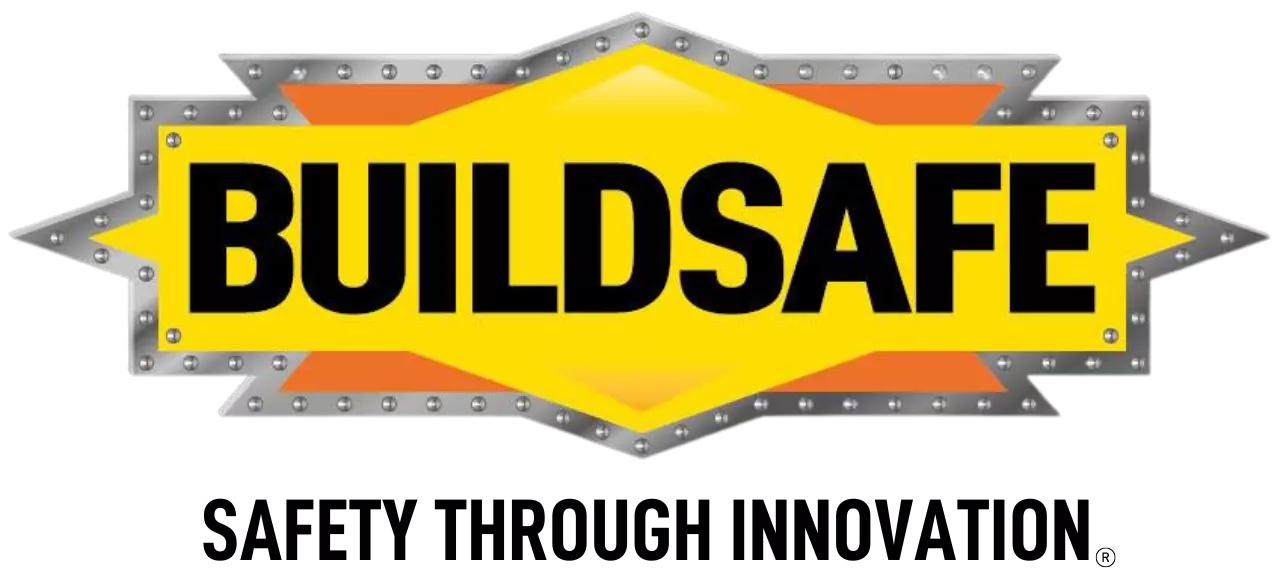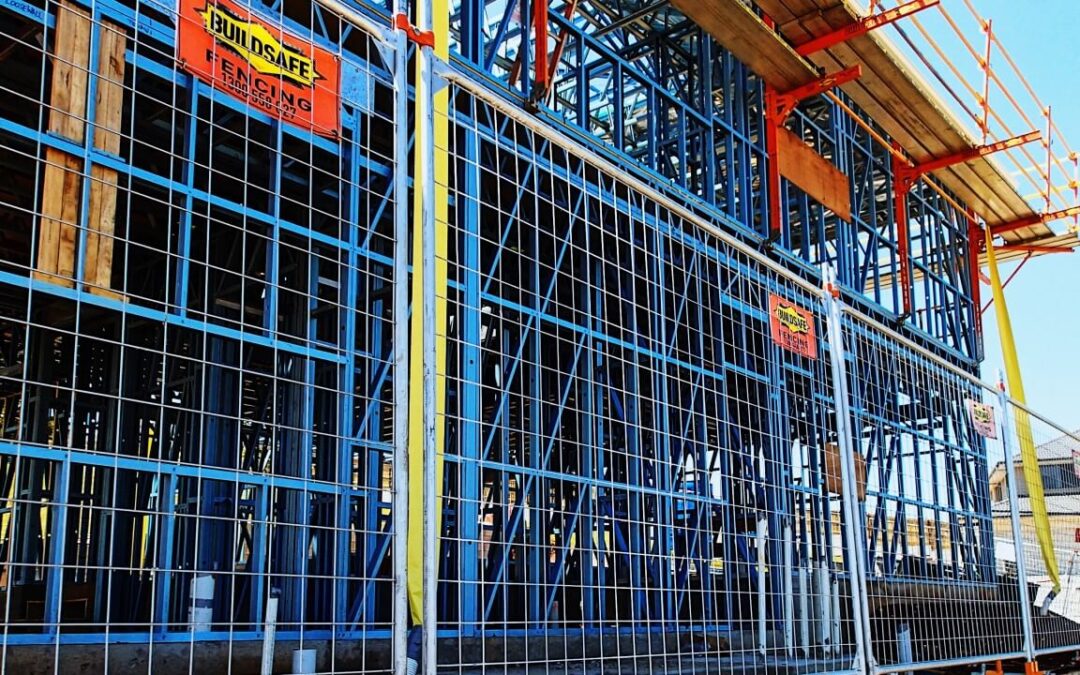A Buildsafe Guide to Choosing the Right Temporary Fencing Solution for Your Site

Did you know a single WHS breach on your site could lead to fines of over $3 million for your company and even personal liability for its officers?
While temporary fencing seems simple, choosing a fully compliant solution for the unique demands of a Tier One infrastructure project versus a Tier Three residential build is a complex and critical decision.
This guide provides a practical, tier-based framework for selecting a temporary fencing solution that ensures your site is safe, secure, and compliant from the moment your project breaks ground.
Your Compliance & Engineering Checklist
As a site manager, you know that compliance isn’t just about ticking a box, it’s the bedrock of a safe and successful project. Understanding the engineering behind your site fencing is the first step in building that secure foundation.
Understanding AS 4687
When it comes to temporary fencing, that foundation is built on Australian Standard AS 4687. This is an engineering standard designed to prevent the most common site failures by testing a fence’s ability to withstand specific forces, from someone trying to climb it to a direct impact.
Wind Region Compliance
But the real test is how that fence handles the weather. A setup that’s perfectly compliant for a sheltered site in Melbourne might be dangerously inadequate on an exposed coastal project in Queensland.
That’s because Australia is divided into different Wind Regions. Choosing a supplier who understands the specific engineering and bracing required for your site’s unique Wind Region is a non-negotiable part of meeting your WHS obligations and ensuring your perimeter doesn’t become a hazard in the first high wind.
A Tier-Based Guide to Fencing Solutions in Australia
A one-size-fits-all approach to site fencing simply doesn’t work. The risks, regulations, and public interface of a major infrastructure project are vastly different from those of a residential build.
Tailoring your fencing solution to your project’s tier is key to achieving a safe, secure, and cost-effective site.
For the Tier Three Constructor
On a residential or small commercial site, your primary concerns are public safety and deterring opportunistic theft. You need a robust perimeter that prevents children from wandering onto the site and keeps your materials secure after hours.
A well-installed system of 2.1m anti-climb mesh panels, secured with high-quality clamps and a locked gate, is the essential foundation for meeting your safety obligations and protecting your reputation in the community.
For the Tier Two Contractor
For a mid-sized commercial project, the stakes are higher. The project duration is longer, the value of on-site materials is greater, and the public profile is more significant. This is where you move from simple demarcation to active site defence.
Using solid hoarding panels for dust control and privacy, along with anti-lift devices to prevent security breaches, becomes critical. Furthermore, incorporating branded Bannermesh isn’t just advertising—it signals a level of professionalism that builds trust with clients and the public.
For the Tier One Project
Major infrastructure and high-rise projects operate on another level of risk. With the cost of theft from Australian construction sites exceeding $1 billion annually, your perimeter must function like a fortress.
This requires an engineered security system, not just fencing. You’ll need heavy duty hoarding with integrated public walkways, automated vehicle gates for access control, and a supplier who can function as a long-term security subcontractor. Also, make sure your supplier is capable of adapting to a complex, multi-year project timeline.
Why Your Supplier is Your Most Important Choice
You can specify the best fencing in the world, but its effectiveness ultimately comes down to the partner you choose for installation and support. An unreliable supplier doesn’t just cause headaches—they create significant project risk.
The Hidden Cost of an Unreliable Supplier
For any project running on a tight schedule, delays are poison. A fencing supplier who is late to install or remove a perimeter can bring all other trades to a grinding halt.
A single day of lost productivity waiting on a fence can cost your project tens of thousands of dollars, completely erasing any savings from a “cheap” quote.
The Buildsafe Difference — A Complete Compliance Package
This is why a true professional partner delivers far more than just fence panels. They deliver a complete, documented compliance and safety package.
At Buildsafe, we call this “The Orange Box”—a system that includes a site-specific assessment to determine your exact needs, a formal Safe Work Method Statement (SWMS) for the installation, and a final Handover Certificate that proves your site is fully compliant.
This takes the compliance burden off your shoulders and places it onto a dedicated specialist.
It’s a system built on expertise and innovation. When faced with a tight site, for example, our unique retaining wall clamps can secure a fence line without sacrificing valuable workspace.
This is a problem-solving mindset that turns your supplier into a genuine partner in your project’s success.
Your Fence is Your First Line of Defence
Choosing the right temporary fencing is a critical risk management decision, not a simple commodity purchase. As we’ve seen, the optimal solution is always tailored to your project’s tier, your site’s specific wind and security risks, and the stringent demands of Australian Standards.
Don’t leave your site’s safety and your company’s compliance to chance. Partner with an expert who understands the complexities of modern construction and can deliver not just a fence, but certified peace of mind.

